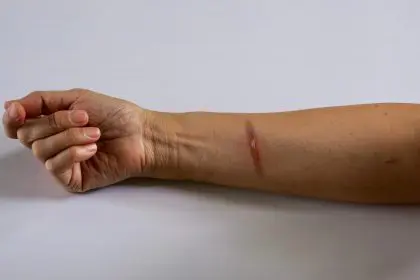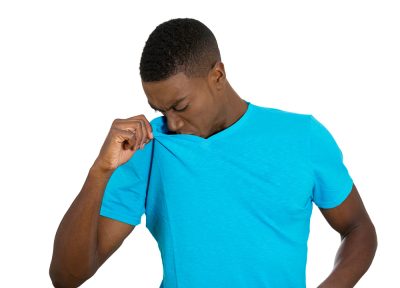Each year, thousands of Americans experience spider bites, yet only a small fraction require medical intervention. Understanding which encounters demand immediate attention and which can be treated at home remains crucial for public safety. Recent research reveals that while over 45,000 spider bite cases are reported annually, less than 1% result in serious complications.
Most spiders lack the physical capability to penetrate human skin with their fangs. However, certain species possess both the strength and venom to cause significant harm. Of the thousands of spider species in North America, eight warrant particular attention due to their potential health impact. Understanding their behavior patterns, preferred habitats and bite characteristics can help prevent dangerous encounters.
Eight species of concern
- Black widow: These distinctive arachnids, characterized by their glossy black bodies and red hourglass marking, typically inhabit undisturbed areas around homes and gardens. Their venom contains a neurotoxin that can cause severe muscle cramps, abdominal pain and systemic reactions. Recent medical data indicates that while fatalities are rare, prompt medical attention remains essential for optimal recovery.
- Brown recluse: Known for their violin-shaped marking, these spiders prefer dark, quiet spaces within human dwellings. Their bite contains a flesh-destroying venom that can cause serious tissue damage. Research shows that proper identification and immediate medical response significantly improve outcomes in confirmed brown recluse bites.
- Hobo spider: Common in Pacific Northwest regions, hobo spiders create funnel-shaped webs in ground-level spaces. While historically considered dangerous, recent studies suggest their bites may be less severe than previously thought. However, medical evaluation remains recommended for suspected hobo spider bites.
- Yellow sac spider: These pale-colored spiders frequently enter homes and can deliver painful bites containing mild cytotoxic venom. While rarely causing serious complications, their bites may result in prolonged healing time and discomfort.
- Wolf spider: Despite their intimidating appearance, wolf spiders rarely bite unless directly handled. Their bites typically cause localized pain and swelling but seldom require medical intervention beyond basic first aid.
- Mouse spider: These ground-dwelling spiders can deliver painful bites with potentially serious venom. Though uncommon in most regions, their presence in certain areas warrants caution during outdoor activities.
- Tarantula: While their size causes alarm, most tarantula species found in North America deliver relatively mild bites. Their primary defense mechanism involves urticating hairs that can cause skin and respiratory irritation.
- Jumping spider: These small, active hunters rarely bite humans but can cause mild discomfort when they do. Their bites typically resolve without medical intervention.
Understanding bite symptoms
Initial spider bite symptoms often mimic other insect stings or minor injuries. However, certain indicators warrant immediate medical attention. Spreading redness, intense pain, systemic symptoms or signs of infection require professional evaluation. Medical professionals emphasize the importance of documenting symptom progression and, when possible, safely capturing the spider for identification.
Treatment approaches
Modern treatment protocols vary based on spider species and bite severity. First aid measures focus on wound cleaning, ice application and pain management. Medical interventions may include antivenin administration, wound care and systemic symptom management. Recent advances in wound care technology have improved outcomes for serious bites.
Prevention strategies
Environmental management plays a crucial role in spider bite prevention. Regular cleaning of cluttered areas, sealing entry points and maintaining yard hygiene reduce spider populations near living spaces. Wearing appropriate protective clothing during outdoor activities provides additional safety.
Professional intervention guidelines
Healthcare providers emphasize specific indicators for seeking immediate medical attention. These include severe pain, spreading discoloration, systemic symptoms or bites from confirmed dangerous species. Emergency departments typically follow established protocols for spider bite evaluation and treatment.
Scientific understanding of spider venoms and their effects continues advancing. New treatment approaches emerge as researchers better understand venom components and their interactions with human tissue. These developments promise improved outcomes for future bite victims.
Climate change and habitat shifts may alter spider distribution patterns, potentially introducing new species to different regions. Staying informed about local spider populations and maintaining awareness of prevention strategies remains important for public safety.











